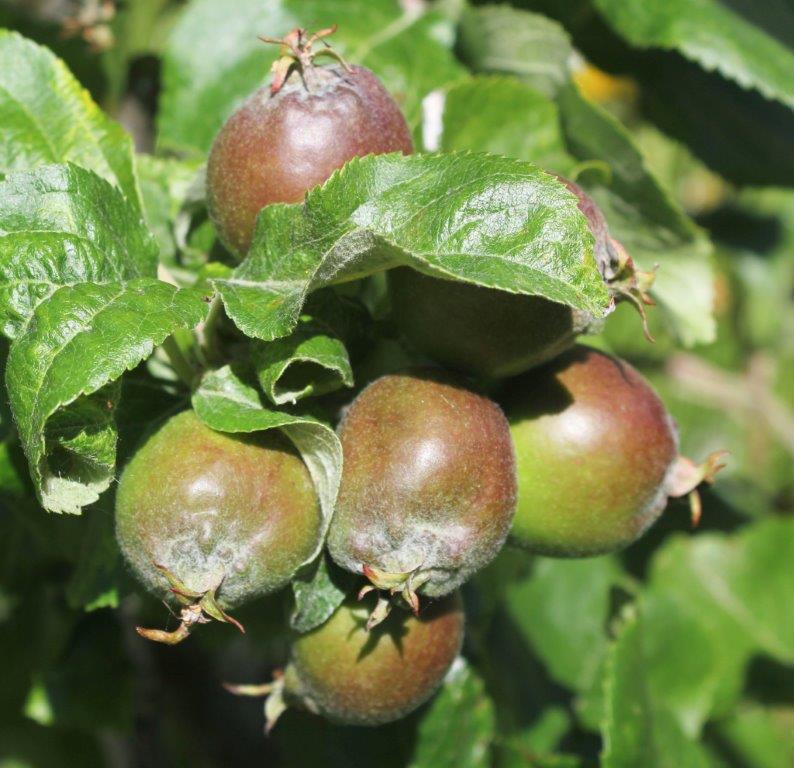Unless you’re growing plants for their ornamental seed heads or saving the seed for next year, ‘deadheading’ by removing spent flower heads goes a long way to extending the flowering season and stops those that self seed freely, like ‘Lady’s Mantle’ or ‘Love in a mist’ from becoming a weed.
Hybrid Tea Roses were traditionally cut back to a strong outward facing bud as the flowers faded, often well below the flower and cluster flowered roses were treated in a similar way, once all of the blooms had finished. However, this idea has changed and a minimal amount of the stem should be removed keeping the maximum number of leaves on the plant to continue with photosynthesis, so remove dead heads individually breaking the stalk just below the head or use secateurs. It’s impractical to deadhead plants with masses of small flowers but they can be fed with a general fertiliser as a boost after flowering to help them recover.
Don’t feed your woody plants after mid-August or the new growth will be damaged by early frosts. Shrubs like ‘Mock Orange’ or ‘Philadelphus’ blooming on the previous year’s wood should have the old flowering stems removed back to a strong, outward facing stem.
Potato Blight is more likely to occur during a ‘Smith period’, when the minimum temperature is 10ºC or above for two days, with a relative humidity of more than 90 per cent for at least 11 hours each day, such conditions often occur in July. Use Bordeaux mixture, as a preventative spray on potatoes and tomatoes – even those that are said to be ‘resistant’ and grow maincrop potatoes like ‘Mira’ and tomatoes ‘Ferline’ and ‘Legend’ which have good resistance.
Keep sowing fast growing crops – lettuce, chard, spinach, early carrot varieties, spring onions, early peas, beetroot and turnips continue to provide good crops through the summer if sown now. Sow hardy leafy crops like chard and chicory and you will have plenty to harvest in autumn and winter, too.
To some hand weeding is a chore, to others it is therapy. However you feel about weeds, removing them before they flower and set seed is vital, providing a useful activator for the compost heap, too.
A good crop of ‘fruitlets’ formed on the twenty four cultivars of cordon apples in my front garden. ‘June drop’ which often occurs in early July, means that some are naturally aborted but it is worth reducing the number of apples on each plant to ensure that they all reach their optimum size. You can have fewer, larger fruits or more in number of a moderate size. Cooking apples should be 6-9” apart, dessert apples should be spaced at one or two 4-6” apart, remo ving misshapen, damaged or the ‘king fruit’ at the centre of the cluster, you have to be ruthless.
ving misshapen, damaged or the ‘king fruit’ at the centre of the cluster, you have to be ruthless.
Ventilate and damp down the greenhouse floor on hot days and check plants in the greenhouse twice a day to ensure they are well watered. There is always plenty to do!
Happy Gardening! Matt


